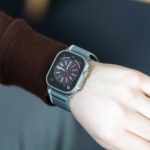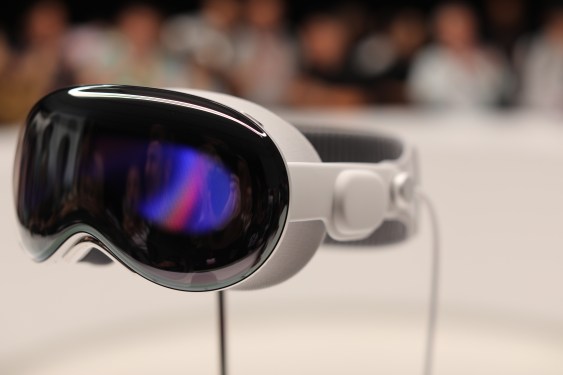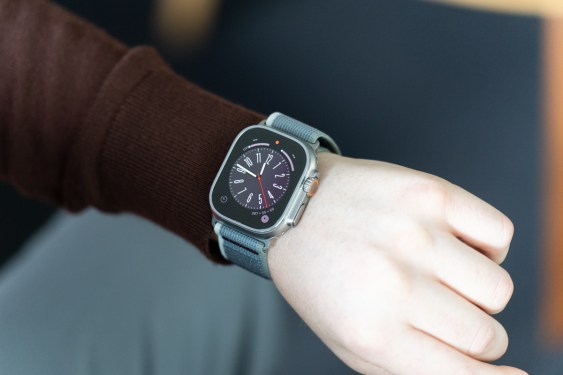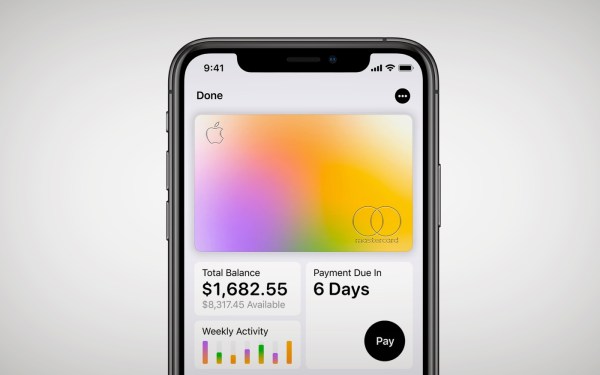The Apple Vision Pro, a mixed reality headset, has generated significant interest and speculation since its announcement. However, one question remains unanswered: what would success look like for this innovative device?
To answer this query, we must consider three key aspects:
- Sales expectations: How many units does Apple anticipate selling, and what numbers are industry analysts forecasting?
- Target audience: Who is buying the Vision Pro, and why?
- Timeline: What timeline is acceptable for the Vision Pro’s success? Will it mirror iPhone sales or experience a slower growth curve?
A Series of Interrelated Questions
The Vision Pro’s potential success is not a straightforward question; instead, it’s a complex series of interrelated questions that require consideration.
- Forecasting accuracy: Apple has reportedly made forecast cuts before the actual product announcement. The $3,500 price tag has only added to the skepticism among analysts.
- Premium pricing: Beyond Apple’s standard premium pricing, the Vision Pro’s high cost is largely due to its status as a first-generation product. Seven to eight years of research and development, along with custom hardware components, have contributed to this price point.
- Scaling and economies of scale: While scaling will eventually bring down prices, being first to market with certain technologies often results in higher premiums.
Manufacturing Bottlenecks: A Factor in Forecast Cuts
According to a report by The Financial Times, manufacturing bottlenecks have significantly contributed to the forecast cuts. Apple has allegedly asked contract manufacturer Luxshare to produce fewer than 400,000 units next year, down from an initial target of one million.
The Role of Micro-OLED Displays and Pandemic-Related Closures
Micro-OLED displays are a crucial component of the Vision Pro, but they have added complications to manufacturing. The pandemic-related closures have caused widespread disruptions in the supply chain, affecting even Apple’s production levels for existing devices.
As the mixed reality headset market remains relatively unproven, it’s challenging to predict how prices will change as other devices adopt similar technologies. This uncertainty has led to a pushback of a lower-cost version of the headset initially expected for release in 2025.
The Path Forward: A Deliberate Approach
Apple is likely adopting a deliberate approach to bring developers and corporations on board with its Vision Pro. The product has received positive reviews from journalists, which should increase interest once it’s released early next year. However, the company’s focus on a blockbuster product might be an exercise in frustration for Apple and its shareholders.
In conclusion, success for the Vision Pro is not a clear-cut answer; rather, it depends on various factors such as sales expectations, target audience, and timeline. While challenges like manufacturing bottlenecks and premium pricing have affected forecast cuts, Apple’s deliberate approach may ultimately lead to a wider adoption of its mixed reality headset.
Related Topics
- Apple
- AR Headset
- Gaming
- Hardware
- Mixed Reality
- Vision Pro
About the Author
Brian Heater is the Hardware Editor at TechCrunch. With a background in leading tech publications, including Engadget and PCMag, his writing has appeared in various publications such as Spin, Wired, Playboy, Entertainment Weekly, The Onion, Boing Boing, Publishers Weekly, and more.











